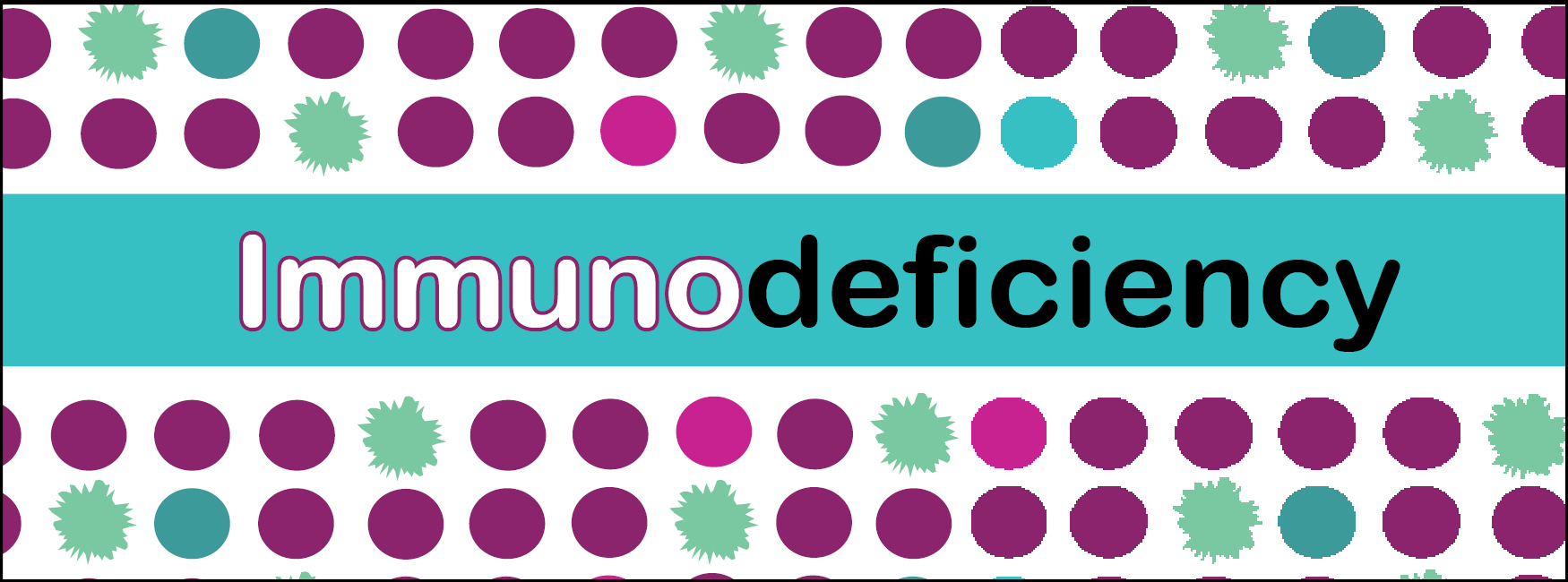Stages and Features of Antigen-Antibody Reactions
Introduction The combination of antigens (Ag) and antibodies (Abs) occur specifically and in observable manner. There is various usefulness of this type of reaction. Some of them are: A basis for the formation of antibody mediated immunity Helps generally during the cases of infectious diseases. Besides, in tissue injury related to some types of hypersensitivity … Read more







